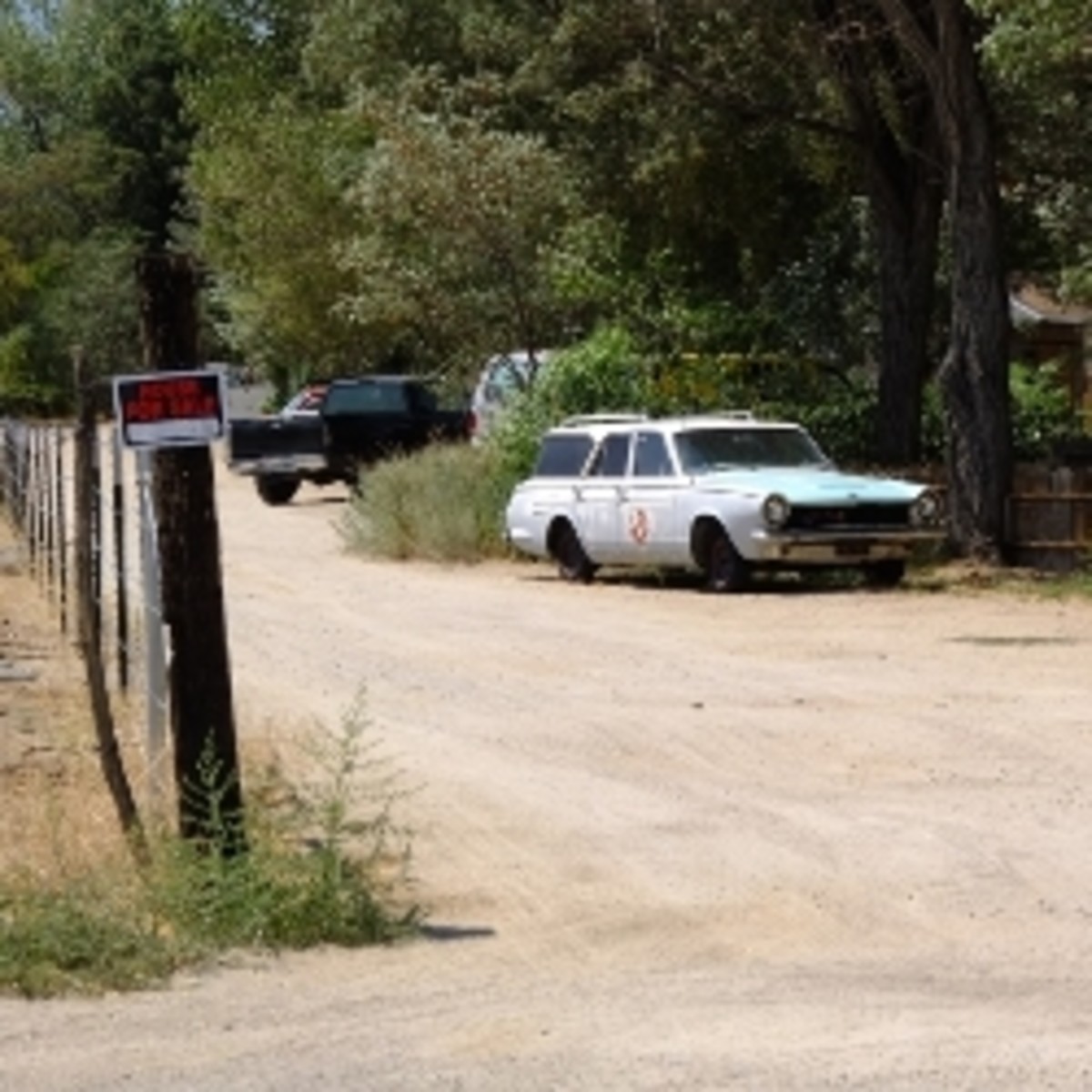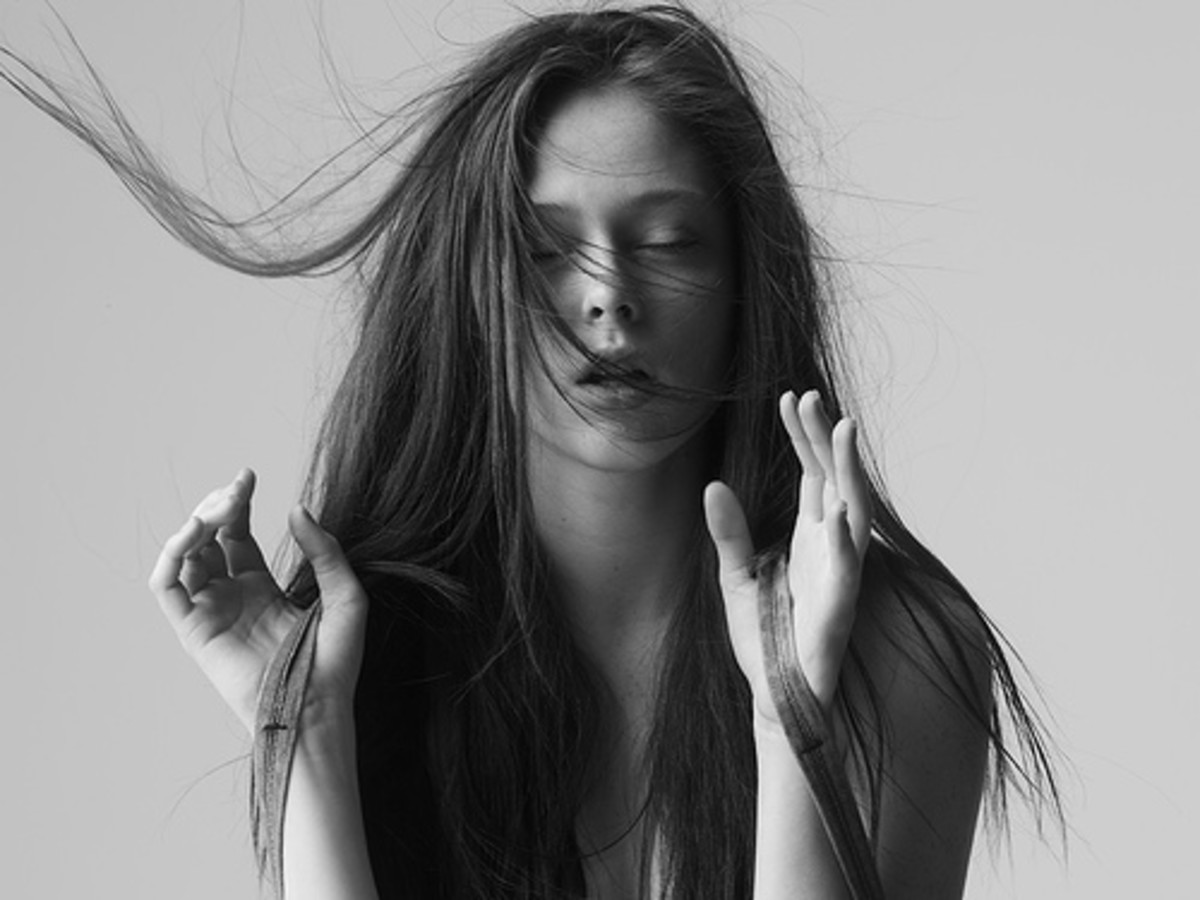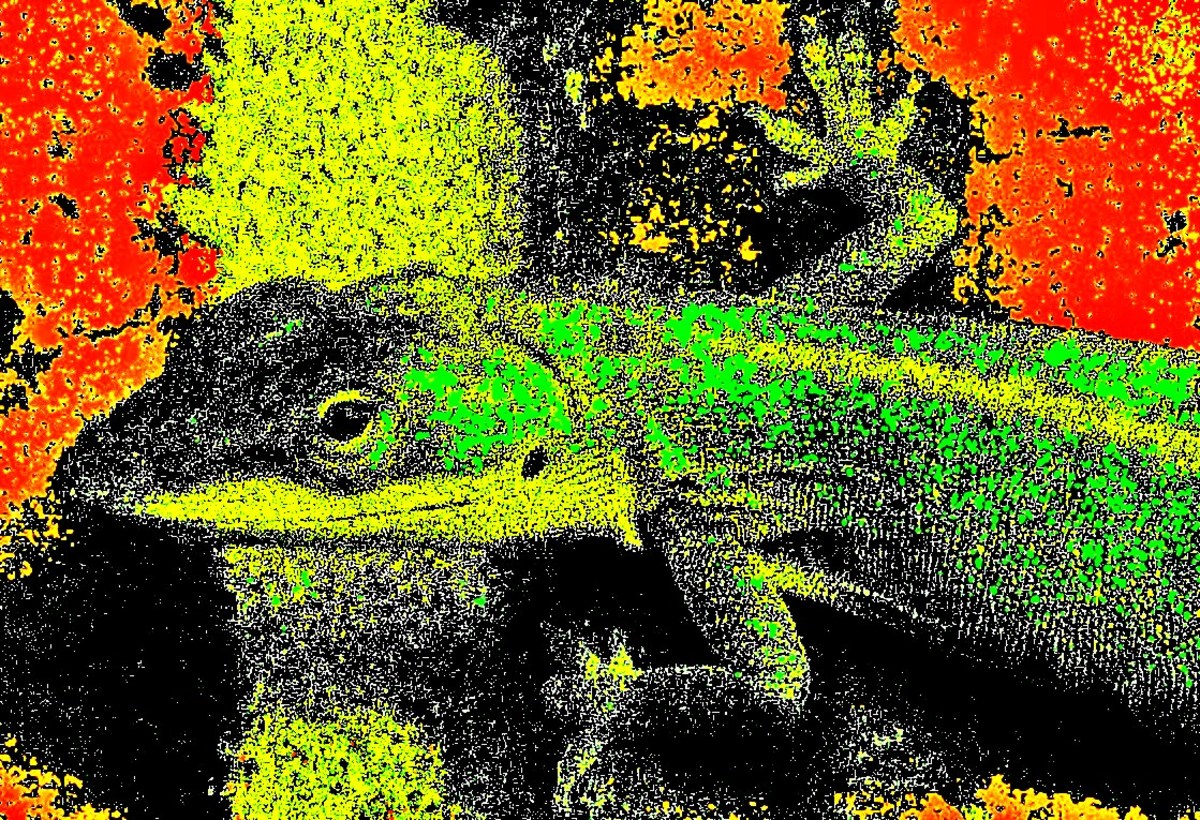The Importance of Being Rawest - RAW vs JPEG File Formats
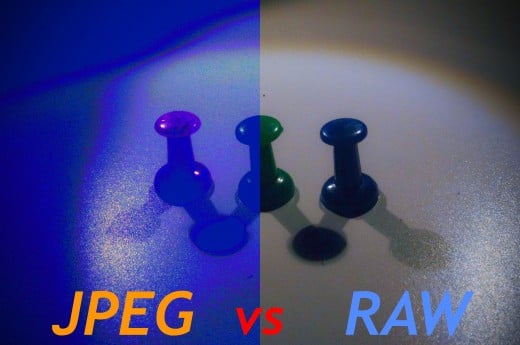
In this article, we will discuss the main differences between shooting in JPEG and RAW, and I'll explain you, plain and simple, what those names mean and why to choose either one (or both) of these formats. Stepping into digital photography may be confusing at first, and understanding what "JPEG" and "RAW" mean seems to be a major determinant of rookie confusion (it certainly was for me). I wish I had someone explaining the difference to me as I'm going to do today for you.
Let's dig right in!
Lossy or Lossless?
It may sound crazy, but there is only 1 difference between RAW and JPEG.
RAW is (generally) a lossless format, while JPEG is a lossy format. That means exactly what it sounds like: RAW will store all of the light information the scene contains (it will not "lose" any data), while JPEG will run some algorithms to "simplify" and trim out some of the light inputs. To make this clearer, imagine shooting a picture at a red apple in almost complete darkness. JPEG will tell you the apple is black, because that's what it looks like in that situation, and even if you increase the exposure via software afterwards, the apple will stay black. On the other hand, RAW will likely be able to catch enough light information to "understand" the apple is dark red, even if it looks black. In fact, while JPEG can deal with a total of 255 shades of any given color, RAW can see as much as 16000 shades (in photography jargon, you could say RAW has a wider dynamic range)!
Bottomline, dialing up the exposure from the raw file, will result in a red apple.
One seemingly little difference results in an array of consequential differences between JPEG and RAW. Let's go trough some of them.
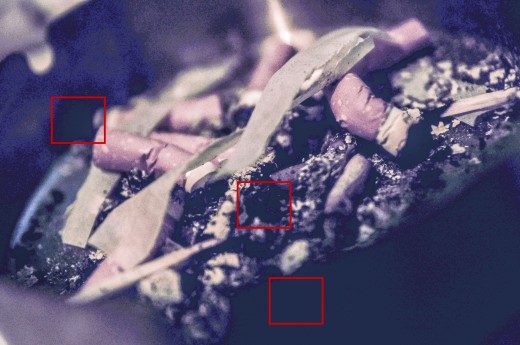
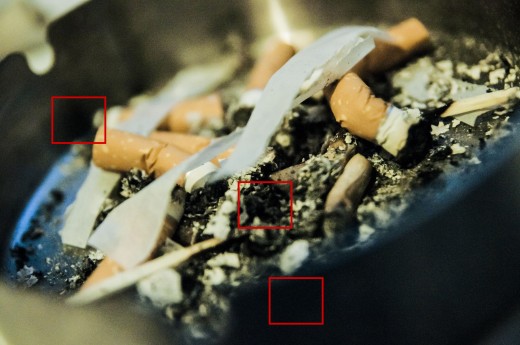
RAW Is Heavier Than JPEG
Naturally, a file that contains more information, will be heavier.
The difference might be highly significant in some situations, but in general we are looking at about double to triple the weight in mb (i.e. if a JPEG weights 5mb, a RAW of the same picture will likely be between 10 and 15mb).
In real life this means that:
- Your memory card will fill up more quickly if you shoot RAW
- The same goes for your camera's buffer.
the first difference is pretty self-explainatory, but with the cost of SD cards dropping so steeply in the last few years, this aspect is quite negligible (I bought a 32gb SD card from Amazon just yesterday, for 20 bucks...that's crazy). The second difference may be of more significance to you, especially if you shoot sports or fast-moving objects in general, situations in which you have to seize the moment.
Let me clarify: when you shoot a picture, the light information temporarily goes into a "limbo" called buffer before being transfered to the SD card. If you shoot a burst of 10 pictures, they all end up into the buffer. Here's the caveat: the buffer has a limited storage size (let's say 100mb for simplicity), so the heavier the file you shoot, the faster it will fill up. When it's full, your burst will slow down significantly, because the buffer is unable to transfer the data to the SD card quickly enough, leaving you uncapable of bursting as quickly as you need. There are 3 main ways of improving your bursting ability:
- having a larger buffer (it varies from camera to camera)
- using a quicker SD card, like a class 10 U3 (I use
this one, it's really really quick and it never failed me...Sandisk is the largest SD cards company for a reason)
- shooting lighter file formats, like JPEG
To put it in real-life terms, a 100mb buffer will fill up with a burst of 20 JPEG files (mine are about 5mb), while if you shoot in RAW, you will be able to burst only 6-10 pictures before the buffer is full. This might leave you incapable of capturing the exact moment that tennis player hits the ball, or the moment the frog catches the fly with its tongue. I don't normally shoot fast-moving situations, so for me this difference is negligible, but it might be of great significance to you, so keep this in mind when choosing which format you want to shoot.
RAW Helps You Keep Your (White) Balance
When shooting in RAW, nothing is set in stone. Everything can be changed because the data is all there, and you can exploit it in any way you need! We already talked about how RAW performs much better in wrongly exposed pictures, but how about white balancing?
You guessed it right, RAW grants you complete white balancing freedom with no loss in color fidelity or image quality. This means that if you shot an incredible picture with a wrong white balance in JPEG, you might be able to correct it, but if you shot it in RAW, you will be able to do so. Period.
Also, white balancing can be used creatively (check out my article on the matter - link below this article), and shooting RAW gives you the flexibility of warming or cooling your image in post production, while retaining the exact same image quality.

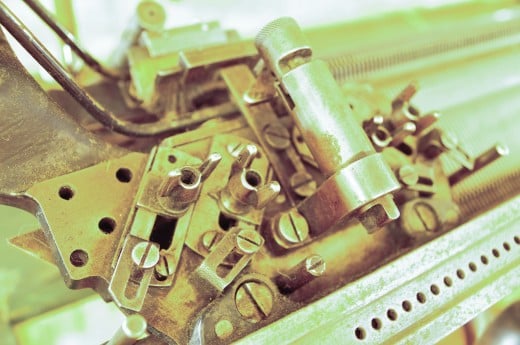
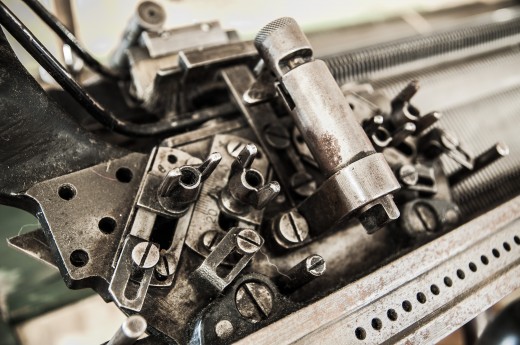
With RAW, Post-Processing Is Mandatory
Ok I'm not going to lie. As far as sheer image quality goes, there isn't even a match between JPEG and RAW. RAW is hands-down the best choice when shooting pictures and looking for quality. There is an important caveat though: you absolutely need to post-process each and every RAW image you shoot.
Every camera make has its own RAW format (although some companies proposed to standardise the RAW format to .DNG, digital negative). We have .NEF or .NRW for Nikon, .CR2 or .CRW for Canon, .ARW .SRF .SR2 for Sony and so on. To turn them into a usable image (one you can upload on Facebook for example) you need to process them into a JPEG or another browser and/or print-friendly format. This is often referred to as "digital developing", because it somewhat compares to the classical film development process.
This takes 3 things:
- A software that is capable of performing the "digital developing"
- the ability to use such software
- time
While it's true that software advancements have made algorithms quicker and more efficient, and batch processing is definitely possible, it is still an extra step in your pipeline. The best RAW processing programs are not free, and not even cheap. For example, the most popular software for RAW processing, Adobe Photoshop Lightroom, is priced from 10 to 80 dollars a month. No matter how you look at it, it's not cheap. If you're going to be a photographer for 5 years, that's at least 600$. But don't give up and RAW just yet...there are many freeware alternatives available on the web, and many of them are quite valid. Also, your DSLR manufacturer will surely offer a (often free) RAW processing software for you (e.g. CaptureNX for Nikon) and in-camera RAW processing features. While it's true that this is an important downfall of RAW, if you want to be a photographer, you need to learn to post-process, it's just as important as shooting perfectly as far as image quality goes.
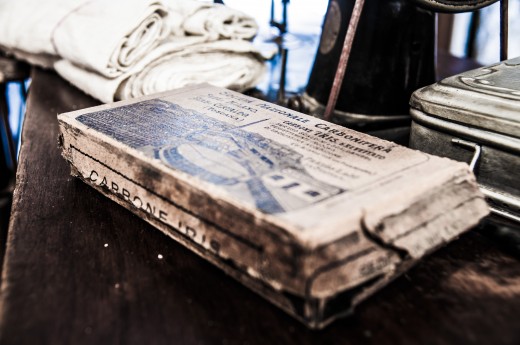
What Format Do You Use for Your Pictures?
Pros: JPEG & RAW
JPEG
| RAW
|
|---|---|
Lighter
| Higher flexibility
|
No need for post-processing
| Wider dynamic range
|
Great for casual-shooting
| Can change white balancing and many other aspects
|
Looks better straight from camera
| Records all of the light information
|
With some cameras you can upload directly from camera to website
| All the changes you apply are non-destructive
|
RAW Has Some Important Features For Professionals
Photographers have to take care of every single aspect of the picture. Composition, exposure, white balance, lighting, posing, depth-of-field, noise, post-production and even post-post-production.
By that I mean printing, uploading the picture on a portfolio or sending your picture to the client. A professional photographer knows that there is something called "color space", which essentially defines how many of the actual shades of the 3 (or 4) color components the image contains. This is important when you want to optimise the color reproduction, and be sure that whatever device you use to look at the picture, the colors will always look "true", otherwise what's the point with all that white balancing we did?! Choosing the right color space for the medium (print, monitor, projector etc...) is really important for color fidelity, and RAW makes it easy to choose which color space to use. It also allows you to choose the output resolution and other factors that are important to professional photographers, this is why you will never see one of them shooting in JPEG (they might even mock you for asking).
Cons: JPEG & RAW
JPEG
| RAW
|
|---|---|
Low dynamic range
| Heavy on buffer and SD card
|
Posterization possible
| Not widely available in low-end cameras
|
Not very flexible
| Needs post-processing
|
What Format Should You Use?
It is common practise to advice using JPEG when shooting casually (e.g. a backyard party or something like that) and RAW when shooting professionally or artistically. There's nothing wrong with this advice per se, and it might work perfectly for you, but I do things slightly different in this department:
I always shoot RAW+JPEG.
Yes, the lazy choice. It gives you ultimate flexibility, at the cost of SD card and buffer space. As I said I don't do much sports and I don't usually shoot fast-moving subjects, so I don't need that much buffer space to begin with. Also, in 2017, with SD cards costing so little and phones taking such good pictures, do you really need to cheap-out on space or to take your DSLR to your garden party? I don't think you do.
Nowadays, in my opinion, the best advice is: always shoot RAW+JPEG unless you want to shoot sports (in that case go with JPEG unless you have a high-performance DSLR, remember to set it up before starting), carry extra SD cards and use your phone when you want to take casual shots.
I mean, my phone even records RAW, and it's not an expensive ultra-phone (OnePlus 3).
I hope I clarified some of your doubts, but if you want to know more just let me know in the comments below!
Marco
Hungry for more?
I have an article on how to be a better photographer, with my 10 tips and techniques, an article on white balancing, and an article on how to take better, razor-sharp photos. And if you're just not feeling inspired...here's 50 ideas just for you!
© 2017 Marco Arista




